5. Loveless (Andrey Zvyagintsev) – Russian Federation, France
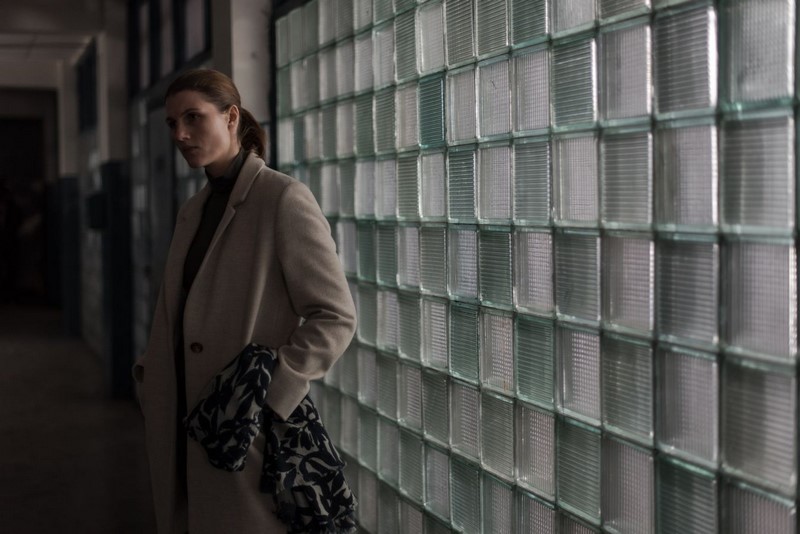
After gaining international recognition in 2014 with “Leviathan”, Russian director Andrey Zvyagintsev directs “Loveless”, an harsh and bleak look at the reality of today’s Russian Federation.
As the marriage between Zhenya (Maryana Spivak) and Boris (Aleksey Rozin) ends, their 12-year-old son Alyosha (Matvey Novikov) grows so sick and tired of his parents’ fights and quarrels over the sale of their apartment that he flees from home and disappears without leaving any trace.
Described as “a reflection on Russian life, Russian society and Russian anguish”, “Loveless” gained international support after director Andrey Zvyagintsev’s previous film “Leviathan” gained the Russian Ministry of Culture’s disapproval for its harsh commentary on corruption. The film went on to be screened at the 70th Cannes Film Festival winning this year’s Jury Prize.
4. Toivon toulla puolen (The Other Side of Hope – Aki Kaurismäki) – Finland, Germany
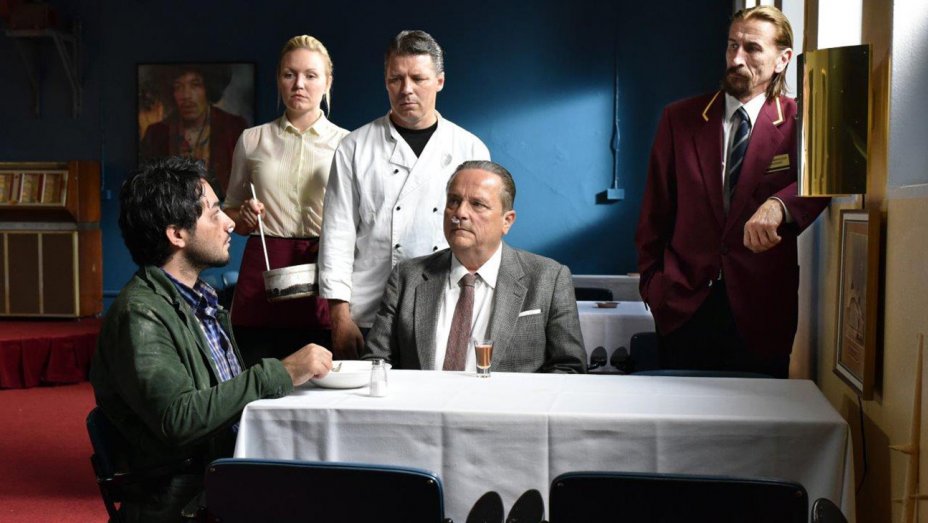
Six years after “Le Havre”, Aki Kaurismäki finally returns to feature films with “The Other Side of Hope”, a comedy-drama set in the city of Helsinki. Our story begins when illegal Syrian immigrant Khaled (Sherwan Haji) is comically dropped from a crane grab into a ship container full of coal. He then reaches the nearest police station where he turns himself in and asks for asylum in the hope of finding her sister Miriam (Niroz Haji), who got separated from him at some point during their escape through the Balkans.
Meanwhile, we witness the story of Waldemar (hilariously played by Sakari Kuosmanen), a common Finnish man who suddenly decides to leave his wife and follow his dream of opening a restaurant in the city after making a small fortune out of the most unbelievable poker game ever put on film. Of course, the two men will eventually meet and help each other out in a farcical turn of events.
Aki Kaurismäki’s famous deadpan humour once again meets his humane, compassionate view of the world in order to tell a story made of meek characters and witty comedy. Tackling once again the theme of illegal immigration, “The Other Side of Hope” is an absurdist example of the director’s celebrated absurdism and authorship, and an hymn to hope in its most pragmatic, concrete form in a world that would definitely need more Waldemars in it.
3. The Killing of a Sacred Deer (Yorgos Lanthimos) – UK, USA, Ireland
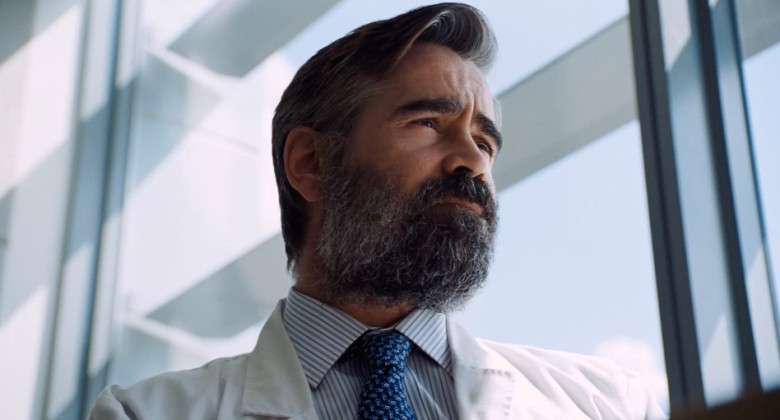
A sick and twisted modern adaptation of ancient Greece’s tragedy topoi and archetypes, and especially Euripide’s “Iphigenia in Aulis”, “The Killing of a Sacred Deer” (a title that directly hints to that very same classical era) is one of the most intense and viciously cruel cinematic experiences of 2017 to date. What else could be expected from the director behind “Dogtooth” and “The Lobster” anyway?
Steven Murphy (Colin Farrell), a surgeon, and his wife Anna (Nicole Kidman) are slowly caught in a spiderweb of despair and pain after Steven secretly starts to look out for Martin (a creepy as hell Barry Keoghan), a teenager who lost his father under the knife. Soon Anna and the couple’s sons, Kim (Raffey Cassidy) and Bob (Sunny Suljic), all mysteriously develop a terrifying disease that will cause them to lose the ability to walk and could lead them to their death; meanwhile, Steven seems to be totally unable to deal with a punishment he can’t in any way stop.
Lanthimos once again manages to film a story that is truly unnerving and chilling at its core, a tragedy caked in blood and infested with a macabre and nightmarish black humour that somehow never feels out of place. The third psychological horror film on this list after “Thelma” and “Personal Shopper”, “The Killing of a Sacred Deer” differs from these in its complete lack of hope and its use of the paranormal, seen as a god-like and almost aseptic way to obtain some kind of devious justice that would otherwise be impossible to gain.
2. Gatta Cenerentola (Cinderella the Cat – Alessandro Rak, Ivan Cappiello, Marino Guarnieri, Dario Sansone) – Italy
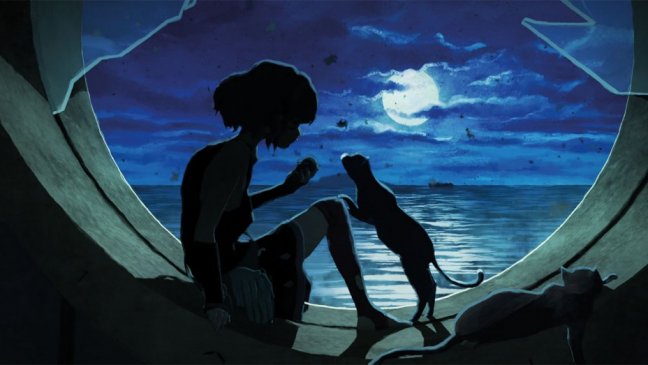
“Gatta Cenerentola” is an impressive animated neo-noir film loosely based on the classic Italian fable by Giambattista Basile, the author who also served as the main source of inspiration for Matteo Garrone’s “Tale of Tales” in 2015. Basile’s original 1634 folk tale was a much more violent and gritty take on the Cinderella we are used to nowadays, and was for this reason modified and polished by Perrault and the Brothers Grimm for their much more hopeful versions of the story.
The film is set in a futuristic Naples, where the rich and kind Vittorio Basile (Mariano Rigillo) is working hard to turn the decaying city docks into a scientific hub to help the development of the city. Living with his only daughter Mia aboard the impressive Megaride, a ship that serves as a record of its own corridors and rooms thanks to a complex system of cameras and holograms, Vittorio is killed moments after his wedding with the beautiful Angelica (Maria Pia Calzone), leaving a traumatised Mia in the hands of her cruel and melancholic mother-in-law and her six children (five girls plus the transgender Luigi, inspired to the traditional Neapolitan culture figure of the “femminiello”).
Meanwhile, the ship has become a reign of corruption and money laundering for Salvatore Lo Giusto (Massimiliano Gallo), a criminal with a love for drama and cabaret who deceived his lover Angelica into marrying him with the real aim of marrying Mia instead on the day of her eighteenth birthday, leaving him to inherit all of her father’s wealths. Will the police and Mia succeed in outsmarting Salvatore and his cold-blooded crooks?
A visually stunning and also incredibly important film for the Italian independent industry of cinema, “Cinderella the Cat” has been critically acclaimed but suffered from a terrible distribution both in Italy and foreign countries, condemning the film to remain little more than a forgettable commercial failure. Which is definitely a shame, as not only is the film technically magnificent but also brilliantly told and an overall unforgettable experience, leaving hope for the film to gather a future cult status in the next coming years.
1. 120 battements par minute (BPM – Robin Campillo) – France
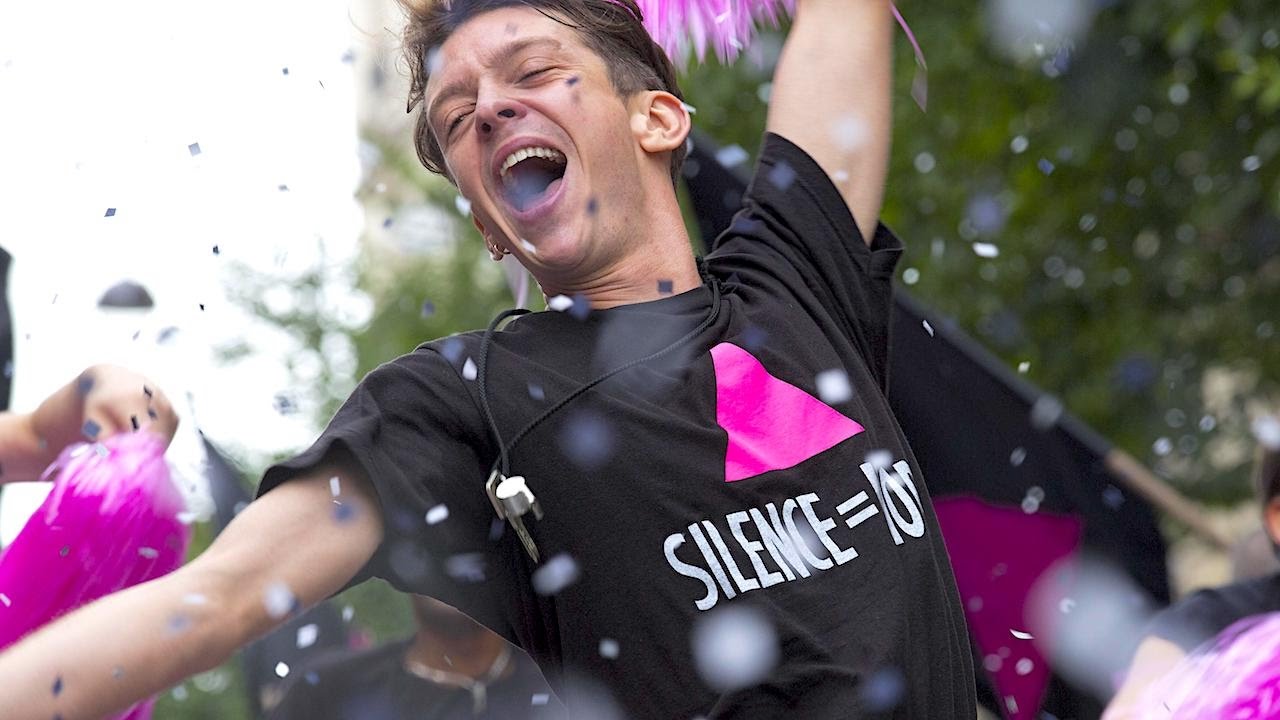
Finally, here is the highest ranked film of this list: “BPM”, by French director Robin Campillo, the pen behind many great Laurent Cantet films and the original “Les Revenants” film, which spawned the French television series and its recent American adaptation.
The film revolves around the Parisian division of the ACT UP movement and their many protest actions, focusing on the close relationship that is born from this experience between Sean (Nahuel Pérez Biscayart) and Nathan (Arnaud Valois), who just entered the group. Set in the early Nineties, “BPM” commemorates years of countless deaths and suffering and the lack of care that politics and the pharmaceutical industry both shared avoiding in any way to face this serious situation.
Featuring some vibrant and interesting camera work and what is easily one of the best accomplishment in cinematography of this past year, “BPM” is more than a moving educational film, and contains one of the strongest and most emotional endings in years, likely to haunt viewers for many time after the movie has ended.
Having Robin Campillo himself been a member of the French ACT UP movement in the nineties along with co-writer Philippe Mangeot, the director makes use of his direct testimony and memories on the matter in order to render the pulse of the activists’ struggle and despair against a society that simply didn’t care about HIV and AIDS, as it was commonly thought that “only fags and druggies” could become infected with this spectrum of conditions.
Author Bio: Fabio Mauro Angeli is an Italian communication student with a deep love for the Seventh Art. He continues in his film studies while working on his first screenplays and short movies, hoping to one day make it to the director’s chair. He enjoys pretty much every kind of movie, with “Once upon a time in America” being his absolute favourite (for now!).